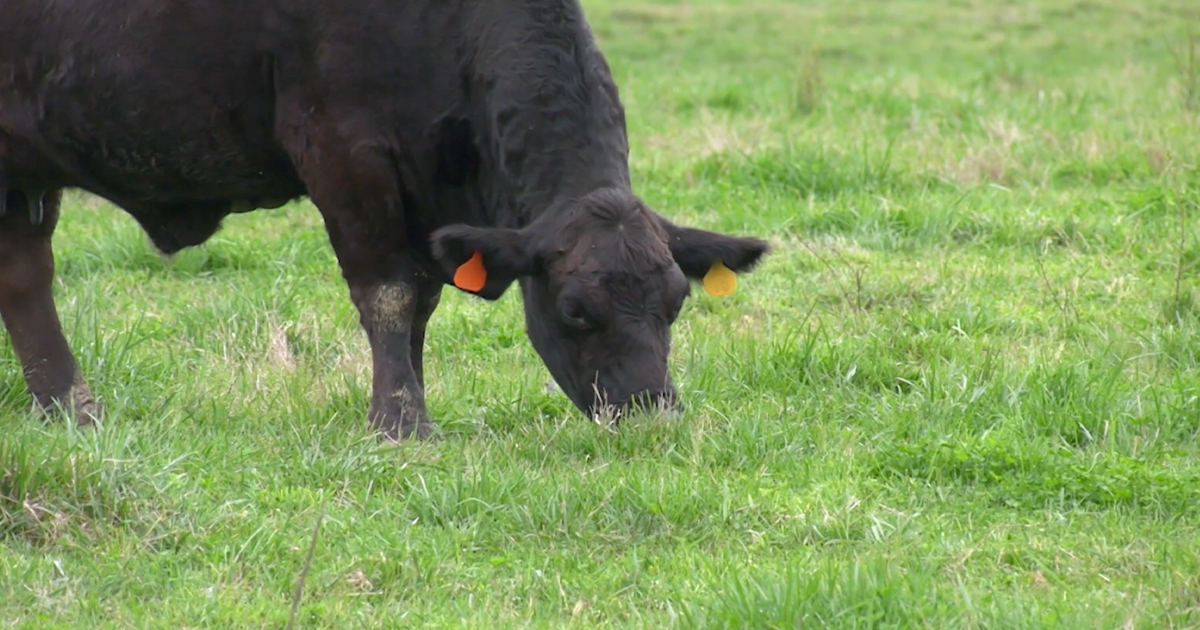Atlanta, GA |
According to the USDA, for the first time since 1951, the US Cattle inventory has dropped to its lowest point as producers across the country deal with a plethora of issues such as record high input costs mixed with harsh droughts that left many producers in a bind.
“A lot of that has to do with weather. The fact that much of the U.S. was in drought for a large part of last year caused a significant amount here in Georgia, especially in Northwest and Southwest Georgia. We had a lot of producers that had to start feeding hay significantly earlier than what they would normally do, and that’s caused a lot of additional culling, but also it was an increase in prices that we saw. We have a lot of producers that are able to take that opportunity,” says Dale Sandlin, Executive Vice President of the Georgia Cattlemen’s Association.
As a result, Sandlin says cattle prices will be on the rise in the coming months, however, the question is whether or not producers will be able to hold on for those higher prices as expenses are higher than ever.
“One of the effects that that our cattle producers here are going to have to look at is can they afford to feed these cattle and hold on to them long enough to take advantage of the higher prices? They’re projecting that the prices will stick around somewhere through 2025 and possibly even into 2026, depending on the build up, but a large number of producers are having to deal with higher input costs they saw last year. That’s weighing in on the profits that they received on that this last batch of cattle. So, if they’re able to hold on to them and feed them longer, I think those producers will be rewarded for those efforts,” says Sandlin.
Sandlin believes that for those producers that can hold on and don’t sell out, it will give them the opportunity to improve their herds, as they can focus on rebuilding, but says that will also be contingent upon the weather and forage quality returning back to normal.
“I think we’re going to see a measured approach coming back from this lower inventory number. It’ll take longer to rebuild the herd, and a large portion of that, too, is going to be the weather. If we don’t get good rains here in Georgia and we don’t have forage increasing, we’re not going to see a lot of producers that are quick to go back and rebuild the herd. One of the things that you’ll see for this generation of producers that are in it for the long haul, they’re going to be taking the higher prices and profits that they received on that and putting that back into the into their farms and operations. That’s setting up the next generation for quite a bit of success in doing that. The trick is being able to do that in coupling with higher input costs as well as making things work. You’re also seeing a lot of culling of the herds right now, largely dependent on the quality of the cattle that they’ve got. And so while those producers have got a little a little bit extra funds in their pocket, now they’re taking this opportunity to improve the herds, improve their genetics, to reconsider some of their stock and breeding stock and making sure that they’re setting up that operation for the long future,” says Sandlin.
By: John Holcomb

